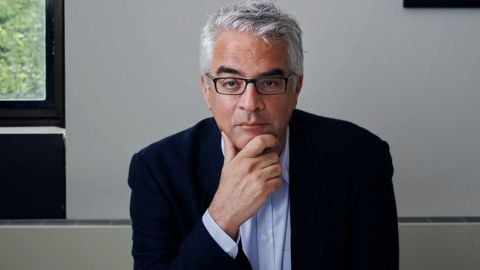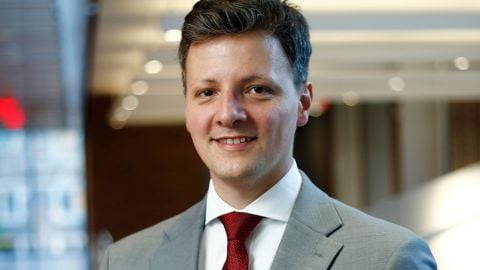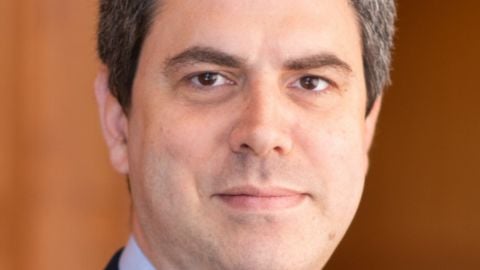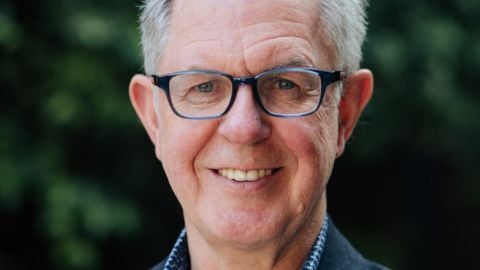Building Types and Built Forms weaves two books together in alternating chapters: one about the history of building types, the other about their geometry. The first book follows the histories of some common types of building: houses, hospitals, schools, offices and prisons. Philip Steadman works primarily on the use of energy in buildings with special emphasis on the non-domestic stock, and has led two recent EPSRC-funded projects on this subject: Building and Energy Data Frameworks, and New Empirically-Based Models of Energy Use in the Building Stock. This work will continue in the UCL Energy Institute’s new Centre for Energy Epidemiology, also funded by EPSRC. In the past he has worked on the relationship of energy use to patterns of land uses and transport networks in cities.
Image courtesy of interviewee. November 28, 2016






